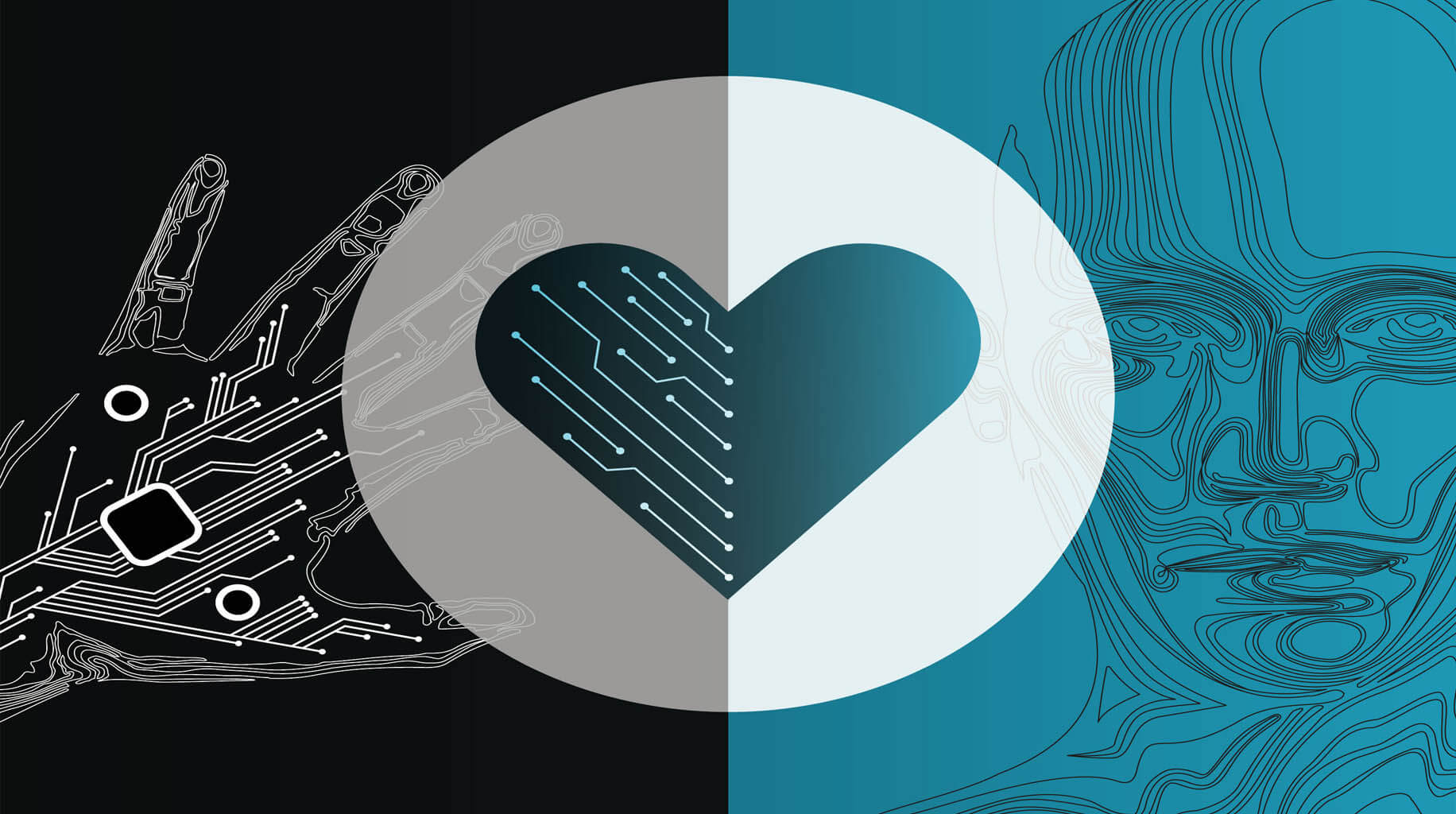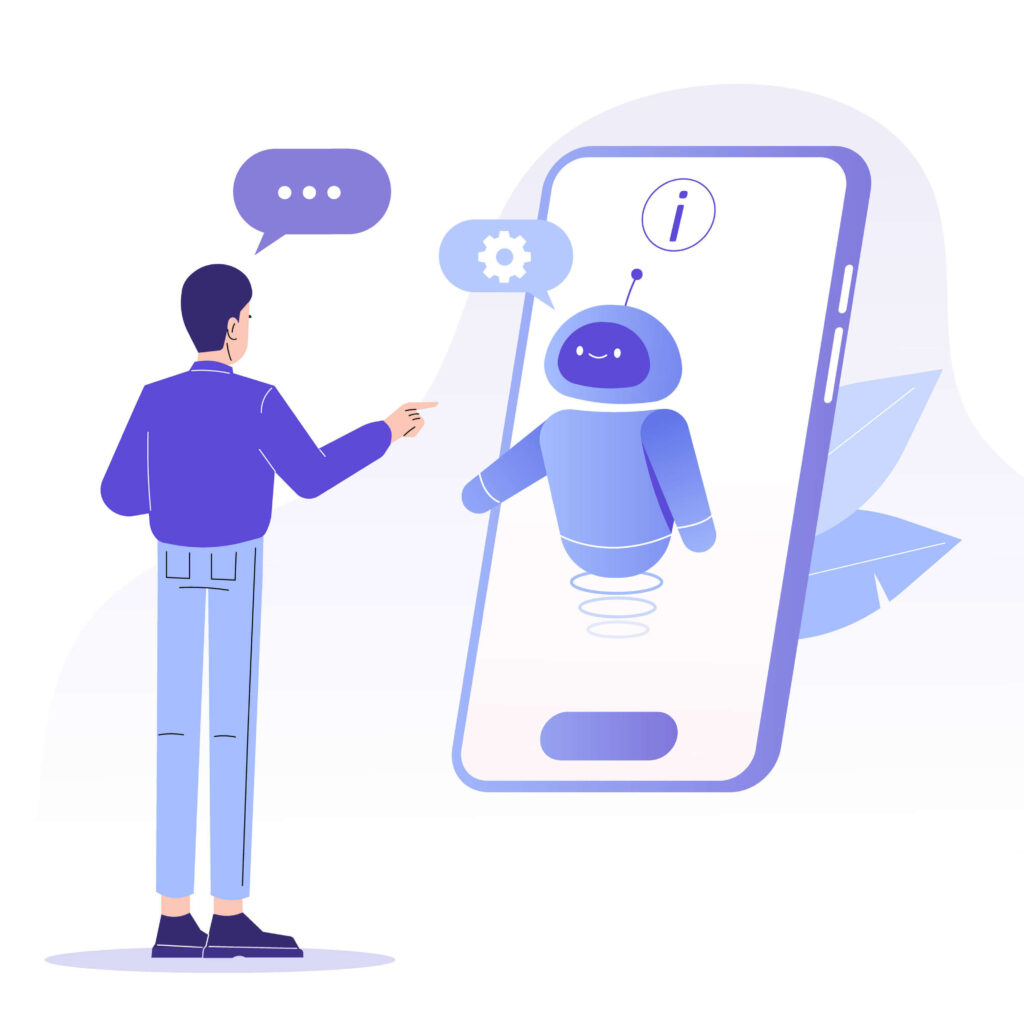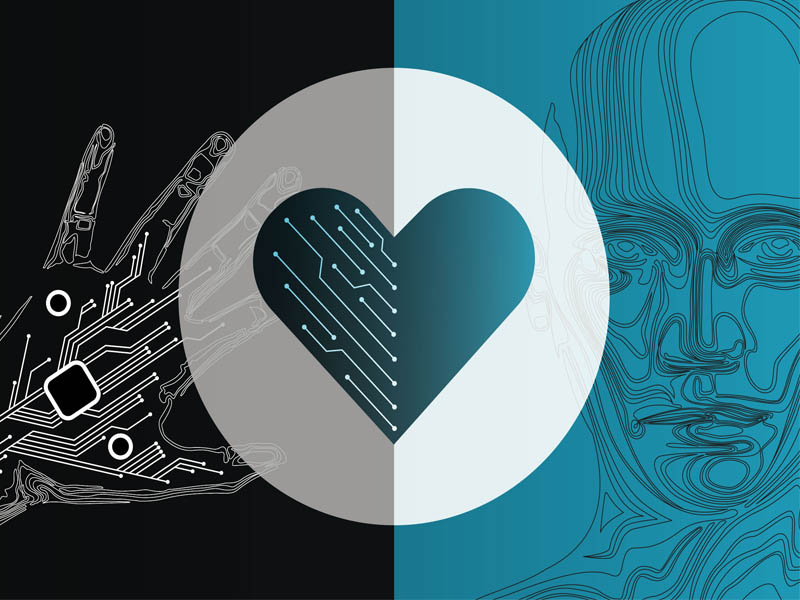Empathetic AI: A True Partnership Between Users and AI

Strategic Insight - Design for Connected Wellness
In our previous article on Empathetic AI we asked if ‘AI can go beyond data collection’. In this next article of the series, we discuss the possibilities of creating a true partnership between people and their AI enabled technologies and what that would mean for users and companies alike.
Empathetic AI is a new and emerging way of designing how AI picks up, understands and interprets our information and how it interacts with us. Many AI models and algorithms currently use shallow information, such as the content of link you clicked, to understand and recommend solutions or content. This leads to a shallow understanding of users as individuals. As Philippe Beaudoin of Element AI mentioned in the talk “Empathetic AI” at CogX 2020,“we are not who we are on the web”.

Empathetic AI is a new and emerging way of designing how AI picks up, understands and interprets our information and how it interacts with us. Many AI models and algorithms currently use shallow information, such as the content of link you clicked, to understand and recommend solutions or content. This leads to a shallow understanding of users as individuals. As Philippe Beaudoin of Element AI mentioned in the talk “Empathetic AI” at CogX 2020, “we are not who we are on the web”.

Empathetic AI champions a reversal of this system. It seeks to involve users in a more intensive conversation that creates a deeper understanding of the user as an individual person – beyond segmentation and user cohorts. This is challenging for AI and the way it is current structured. During the talk “Empathic AI”, Beaudoin spoke about how current AI models are based on the “myth of frictionlessness”, essentially, the misplaced idea that the less friction there is the better it works. Hence why current AI models tend to magically deliver to us targeted content and ads. We don’t really have a conscious say in what AI algorithms might be picking up beyond deciding whether we let them listen in or not.
Empathetic AI calls for friction, it seeks to give people space to stop and think and to use their own words and answers to create a deeper understanding between AI and the user. Instead of collecting shallow data beneath the surface, Empathetic AI may instead gather rich qualified data by asking you questions or probing your intentions. Through active dialogue between users and AI, we can create an AI that is more transparent in its decision making and inherently more trustworthy as users actively choose, with detail, what information they volunteer.
This dialogue is what makes Empathetic AI fundamentally different from current models of AI on the market today and also what makes it uniquely suited for Healthcare and Smart Homes. In such sensitive contexts, where personal information is shared with AI, users need to feel in control of the data and truly understand what AI will be doing with it and where its recommendations come from (e.g. why this diagnosis and not another? What is being tracked and why?). As we mentioned in our previous article3 about Empathetic AI, Healthcare App Ada4 does a great job in terms of engaging users in direct conversation with AI, asking detailed questions and also sharing the decision tree that leads to a diagnoses. But we have yet to see something similar in the Smart Home context. However, that doesn’t mean it’s an impossible feat.
There is currently an opportunity to create an integrated Empathetic AI that supports our Health in the Smart Home. If the Smart Home controls and monitors our surroundings, why can it not help monitor and support our health? This is one of the challenges that MyGlobalHome are currently tackling with their vision of future homes. MyGlobalHome’s approach is to create integrated home platform where devices, regardless of brand, share and collate information to analyse and provide people with actionable insights about their health.

Using Empathetic AI as an approach to connected technology in Health Care and the Home means we can build trust and increase engagement among people, leading to a greater uptake of new technologies and services. This is a win-win for both service providers and users. Not only can people receive better, more relevant information in the appropriate contexts, companies can begin to understand the real lives of the consumer, rather than the shallow copy provided by current AI. However, it is important for companies to remember that data sharing is a two-way street requiring a consistent level of trust that needs to be maintained and fostered with honesty and transparency.
Though, it’s important to keep in mind, from a user’s point of view, one of the major concerns will be understanding the complex web of privacy, data storage and decision making. These concerns can be addressed with a solution like Empathetic AI, where the power of control is given back to the user and the user becomes more actively engaged in their data as part of the experience of the Smart Home.
Using Empathetic AI as an approach to connected technology in Health Care and the Home means we can build trust and increase engagement among people, leading to a greater uptake of new technologies and services. This is a win-win for both service providers and users. Not only can people receive better, more relevant information in the appropriate contexts, companies can begin to understand the real lives of the consumer, rather than the shallow copy provided by current AI. However, it is important for companies to remember that data sharing is a two-way street requiring a consistent level of trust that needs to be maintained and fostered with honesty and transparency.

If you have a project you would like to discuss, or if you are an organisation looking to create a more meaningful user experience combining aspects of Empathetic AI, speak to our team. The importance of meaning in Empathetic AI is just one of the many areas we have expertise.
This article was first published in April 2021
Related
Empathetic AI: Can AI go beyond data collection?
AI promises to track, understand and help us make sense of our bodies, minds and the world around us through thousands of datapoints. But how often is this experience delivered in a way that we can truly understand and benefit from?

